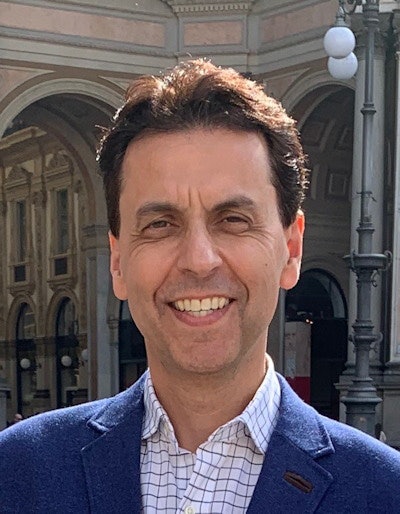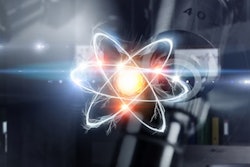
New radiology resources are becoming available to help Canadian hospitals reduce the rate of mortality due to major trauma, according to a keynote presentation on the opening day of the Canadian Association of Radiologists (CAR) virtual meeting.
 Dr. Savvas Nicolaou.
Dr. Savvas Nicolaou.Trauma is the leading cause of death in individuals under 50 years old, according to Dr. Savvas Nicolaou of the University of British Columbia in Vancouver. He told attendees at CAR 2021 that the literature further shows that the relative risk of death following major trauma is decreased by up to 20% when patients are treated in designated level I trauma centers.
Nicolaou is president of the newly formed Canadian Emergency, Trauma, and Acute Care Radiology Society (CETARS), a CAR affiliate, which advocates for appropriate resources necessary for the delivery of quality emergency radiology services and to work toward standardizing trauma imaging protocols across Canada.
"We want to advance the imaging of patients who experience trauma," Nicolaou said in an interview with AuntMinnie.com, noting CETARS will hold annual meetings focused on emergency trauma radiology. "We will be offering educational materials and online resources such as podcasts."
Given many Canadian hospitals and health facilities will not be equipped to the same degree as academic centers in offering advanced imaging, CETARS may offer expertise in the way of teleradiology to assist in the interpretation of trauma cases.
"For example, we may be able to assist in a cardiac case in identifying artifacts," Nicolaou said.
CETARS can be reached at its website.
Imaging pearls
Nicolaou offered clinical imaging pearls to attendees at this year's CAR meeting, underlining the significance of detecting an injury to the pancreatic duct, an injury that is rare but vital to identify.
"If you miss a pancreatic injury, the result can be catastrophic," Nicolaou stressed in an interview. "It's important to ensure the integrity of the pancreatic duct. If you can tell a surgeon that the pancreatic duct is intact, then the surgeon can manage the patient conservatively. If the duct is disrupted, then it becomes a surgical emergency where complex surgery needs to be performed. The anatomy in the area is complex, and the issue of blood supply is important."
While endoscopic retrograde cholangiopancreatography (ERCP) can identify duct disruption in the majority of patients, its drawback is that it's invasive and can't detect disruption beyond obstruction. Nicolaou noted dynamic secretin-stimulated MR cholangiopancreatography (MRCP) can noninvasively identify duct disruption.
"Pancreatic duct disruption is complex, and the management depends on several factors, including the cause, the morphology, and the degree of disruption," he said. "MRCP offers value in these cases."
Use of dual-energy CT
The use of dual-energy CT offers benefits in imaging of trauma cases, as the dual energies can rapidly detect areas of bleeding, Nicolaou pointed out.
"When you scan with more than one energy, you can take advantage of the unique properties of iodine," Nicolaou said. "The iodine lights up like a glowing star in a dark night and is very conspicuous to the eye."
He cited a retrospective review of 65 patients who had contusions and where dual-energy CT had been used. Patients were managed either medically or surgically.
Investigators concluded that quantitative iodine-based parameters derived from follow-up, dual-energy CT may predict the intensity of intracranial pressure management in patients with hemorrhagic contusions.
Postmortem CT angiography
Autopsy alone is not sufficient to help detect forensically essential findings, Nicolaou stressed. He noted a study that appeared in Radiology in 2018 which found that autopsy alone, without postmortem CT, would have missed 39% of all findings and 23% of essential findings.
"The point I want to emphasize is not to replace autopsy, but to supplement autopsy [with postmortem CT angiography]," Nicolaou said. "It is an adjunct to autopsy."
There are considerations such as religious beliefs held by the deceased and their family that may prevent autopsy and postmortem CT angiography, Nicolaou noted. That said, he pointed out that in some cases, knowing the cause of death can provide closure for a family of a loved one.



















